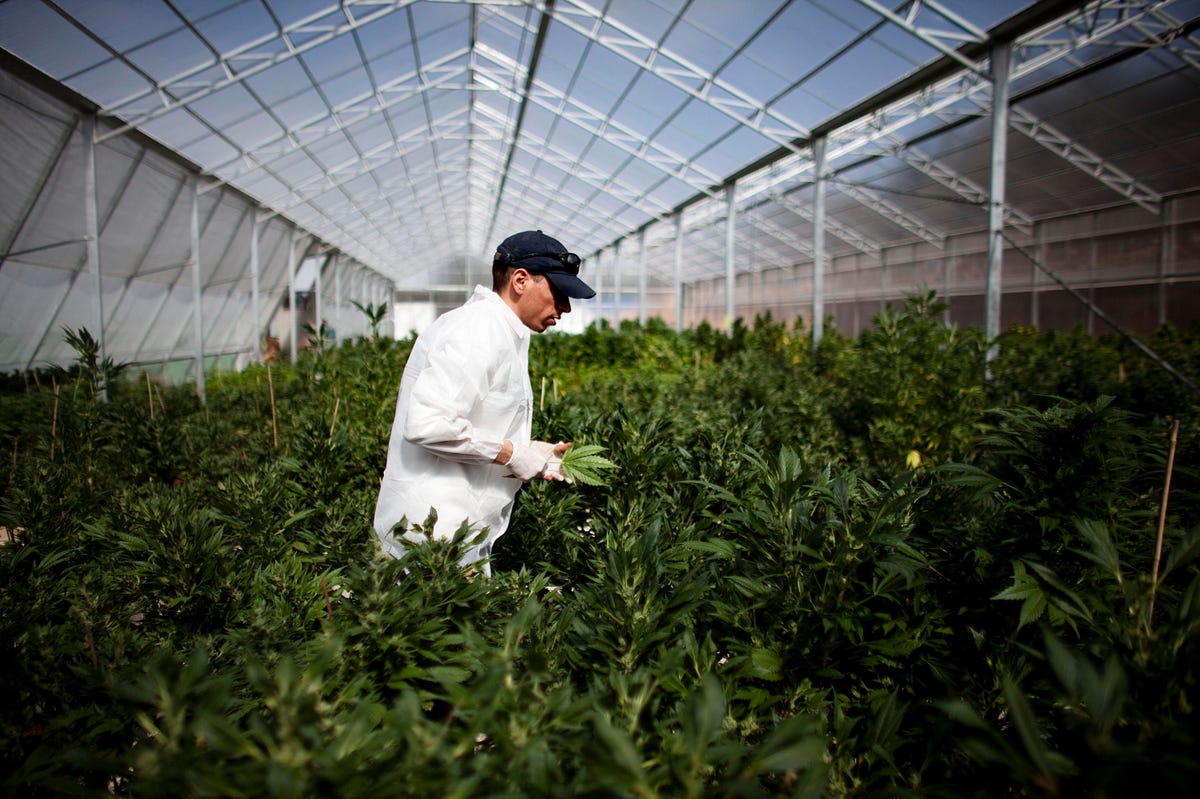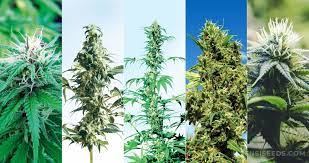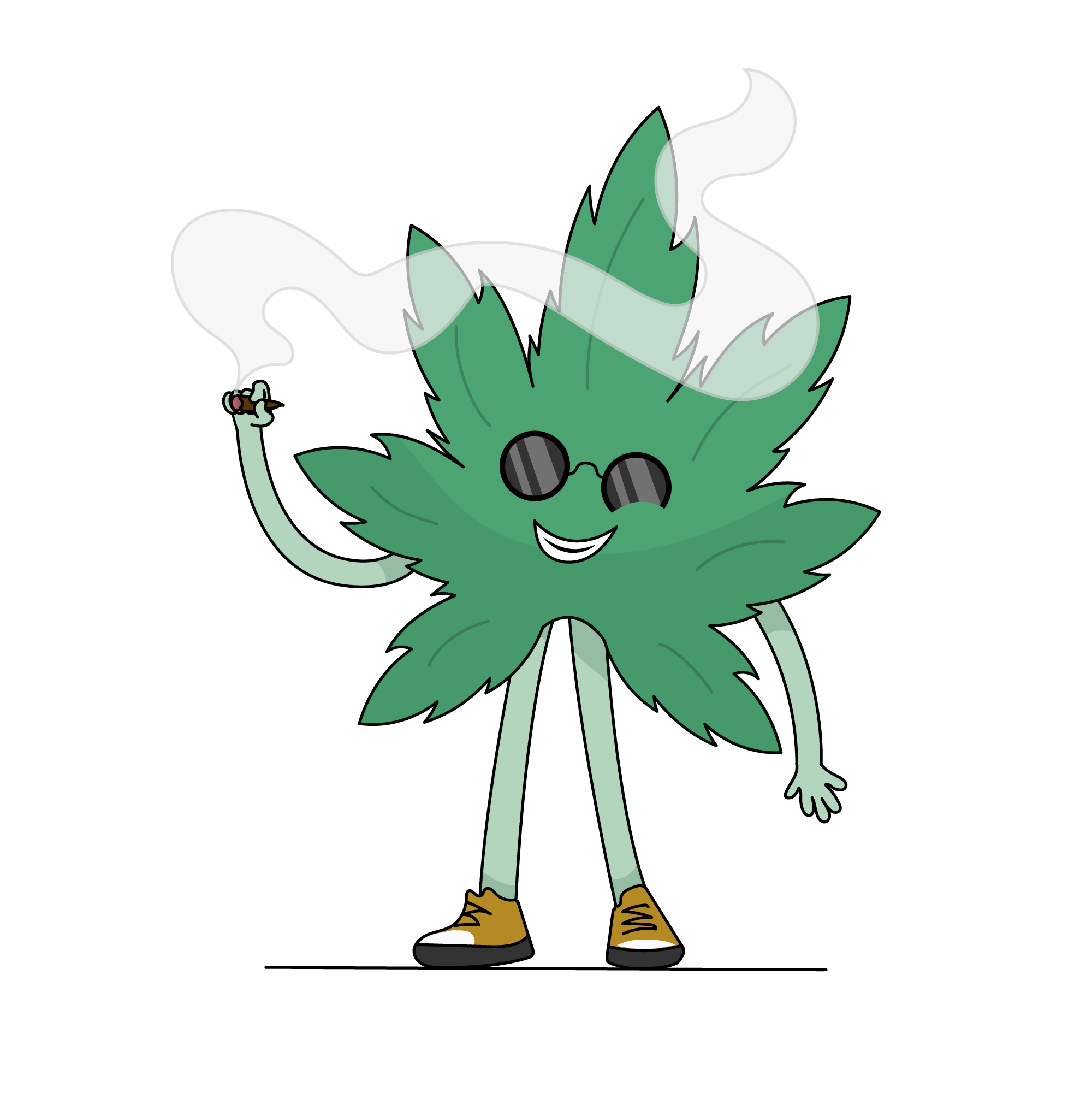
A worker in the legal cannabis
industry died after inhaling marijuana dust.
Introduction
Marijuana is a booming business in the
United States, and as it grows, so does the need for workers to process
marijuana plants into products like oils and edibles.
There were more than 1 million full-time
jobs in legal cannabis industries in 2018. But with increased popularity comes
increased danger, not just from getting busted by the police.
Workers who work with marijuana are at risk
of inhaling particles that get stuck deep into their lungs. This can cause
irritation or allergic reactions, resulting in asthma attacks or death.
A 51-year-old worker in the
legal cannabis industry
A 51-year-old worker in the legal cannabis
industry died after accidentally breathing marijuana dust created during
processing, according to a report from the Oregon Occupational Safety and
Health Administration (OSHA).
The deceased worker was employed at an
Oregon facility. According to OSHA, he inhaled marijuana dust during a bagging
operation and died from an asthma attack caused by marijuana exposure.
The worker was involved in
The worker was involved in removing
marijuana plants from a curing room at a facility in Oregon. The curing room is
a room where marijuana plants are stored after harvesting to dry and cure them.
The drying process may take several weeks or
even months, depending on the climate and other factors. During this time,
moisture content decreases as plant material dry out.
Because of this, curing rooms can become
dusty due to accumulated dust particles after being harvested and stored for
long periods.
The temperature inside such rooms is usually
kept low (around 70°F) because warmer temperatures accelerate mold growth on
cannabis products like buds or leaves.
Cannabis plants are typically dried in these
rooms by placing them on racks that hang from the ceiling so that air flow does
not cause them to come into contact with each other—this way, each plant
receives just enough air circulation without being exposed directly to another
plant's spores.
The worker then removed
leaves and buds.
The worker then removed leaves and buds from
the stems for several hours. The worker was not putting on a mask or other
protection, even though he was in an enclosed room with poor ventilation.
After working for about five hours, the
worker complained of shortness of breath and chest pain but continued to remove
more leaves and buds from the stems.
He later collapsed while working on another
batch of marijuana plants, after which he was rushed to a hospital, where he
died two days later.
He later died on his way home
from work due to an asthma attack
The first time the worker was exposed to
marijuana dust was on a Monday when law enforcement officials questioned him.
He described his job at a cannabis
cultivation facility and said he experienced asthma attacks after working
there. He also noted that he did not wear a mask or other protective equipment
while working with marijuana dust.
The following week, on Tuesday morning, the
same man returned to work at the cultivation facility where he had been
previously employed.
According to reports from other employees at
this facility, they continued to breathe in large amounts of marijuana pollen
as they worked throughout that day.
At around 11 p.m., this man began driving
home after finishing his shift at work (approximately eight hours after first
being exposed).
He started coughing up blood and
experiencing difficulty breathing due to his history of asthma attacks related
directly back into contact with airborne particles from marijuana plants during
their growth process."
As medical and recreational
marijuana use grows
One of the primary challenges to workplace
safety is that, as medical and recreational marijuana use grows, workers are
more likely to be exposed to its hazards.
Occupational health and safety professionals
need to develop strategies for working with this employer-sponsored benefit.
One strategy is that employers who provide
coverage for medical cannabis or recreational marijuana usage (or both) should
consider limiting its use during work hours or ensuring that employees do not
bring it into the workplace.
Legalizing medical marijuana may also lead
to increased use of pesticides, another hazard, and additional exposure in
agricultural settings where workers handle plants before harvesting.
Conclusion
The takeaway for employers is to ensure
their employees are aware of the risks involved with working around cannabis
and ensure that proper safety precautions are in place.
One way to do this is by providing training
on handling marijuana plants and equipment and informing workers about the
potential hazards they may encounter during their shifts.
In addition, these workers must have access
to an emergency medical kit should they experience an asthma attack or other
illnesses related to marijuana dust exposure. This could save lives.


